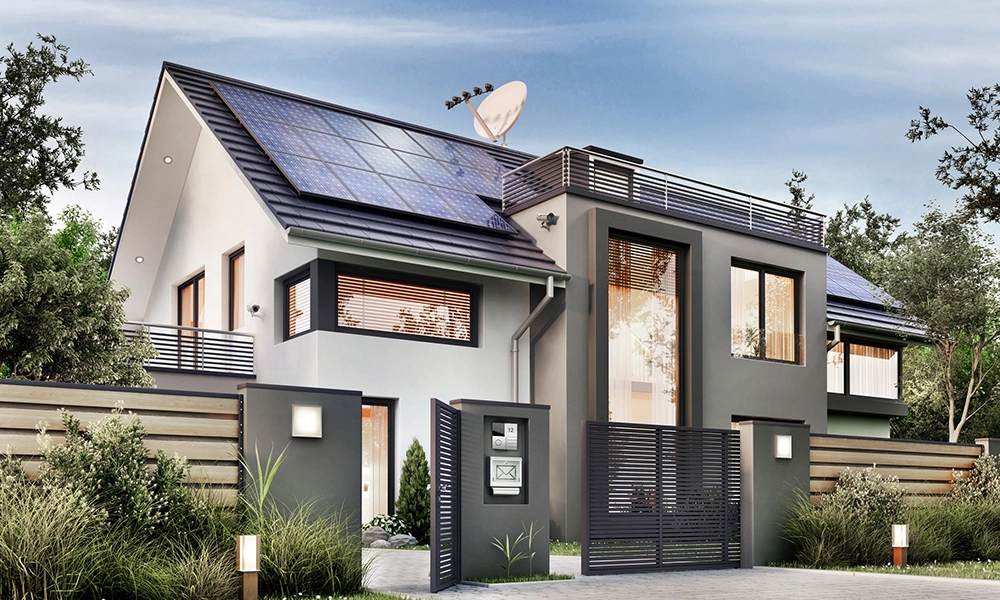
Springleaf residence – A model for future residential communities
Residential communities are rapidly changing to meet modern dwellers’ needs, seeking comfort and sustainability. The concept of integrated living spaces that combine nature, technology, and community-focused design is becoming more prevalent across urban landscapes. These developments prioritise quality of life while addressing environmental concerns through thoughtful architecture and innovative amenities. The Springleaf Residence Condo represents this forward-thinking approach to residential development, illustrating how contemporary housing can balance luxury with sustainability. By incorporating green spaces, energy-efficient systems, and community-centred features, such properties are setting new standards for residential living.
Blueprint for Modern Community Living
Modern residential communities now focus on creating spaces that foster connection while respecting individual privacy. This delicate balance requires thoughtful design elements that encourage organic interactions between residents without imposing on personal space. Successful developments achieve this through strategically placing common areas, walking paths that naturally lead to gathering spots, and amenities that serve as social hubs.
These design choices create opportunities for residents to form meaningful connections while maintaining their desired level of privacy. The architectural vision extends beyond aesthetics to embrace functionality that adapts to changing lifestyles, working patterns, and social needs. This approach ensures that residential spaces remain relevant and valuable for generations.
Nature integration as a cornerstone
Incorporating natural elements within residential developments has moved from a luxury to a necessity. Green spaces serve multiple purposes in modern communities:
- They provide much-needed relief from urban congestion and concrete surroundings
- They contribute to better air quality within the development
- They create natural cooling effects, reducing energy consumption
- They offer spaces for recreation, relaxation, and social interaction
- They support local biodiversity and ecological balance
Researchers consistently show that nature improving mental health, reducing stress, and enhancing well-being for residents of all ages. Forward-thinking developers now allocate substantial portions of their projects to gardens, parks, and other natural features.
Technology that serves residents
Smart home technologies and integrated systems have transformed how residents interact with their living spaces. These technological advancements focus on convenience, energy efficiency, and security. Monitoring and controlling various aspects of homes is possible. These technologies, from lighting and temperature adjustments to security systems and energy usage tracking, make daily living more convenient while reducing environmental impact. Community-wide technological infrastructure also enables better management of shared resources, such as water usage for landscaping, energy consumption in common areas, and waste management systems.
Appeal to multiple generations
The most successful residential communities accommodate residents across different life stages and generations. This inclusive approach ensures long-term viability and creates wealthy, diverse neighbourhoods. Thoughtful developments now include:
- Various unit sizes and configurations to accommodate different family structures
- Accessible design features that serve residents of all physical abilities
- Amenities that appeal to different age groups
- Flexible spaces that can adapt to changing needs over time
- Services that support residents through different life phases
This multi-generational approach creates stable, vibrant communities where residents can remain longer, strengthening community bonds and creating a sense of belonging. Effective community governance systems are essential for maintaining harmonious living environments. Transparency, clear communication channels, and fair representation ensure residents have a voice. Modern developments often incorporate digital platforms for community engagement, allowing residents to participate in discussions, vote on issues, and stay informed about community matters. A better-maintained and more cohesive community is a result of these systems.


